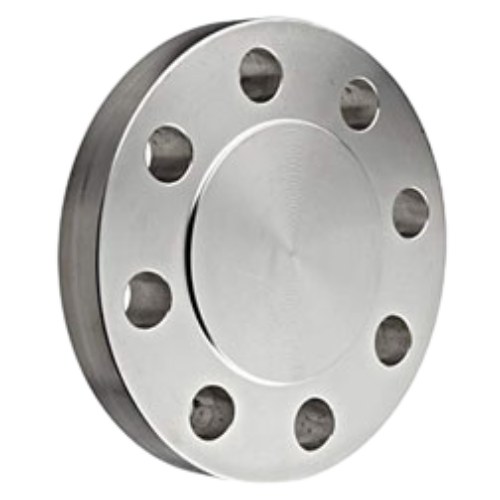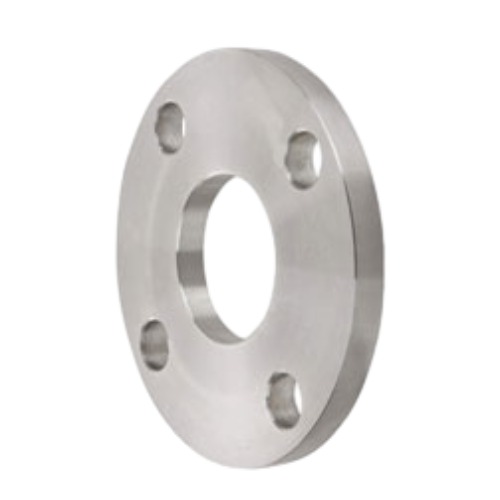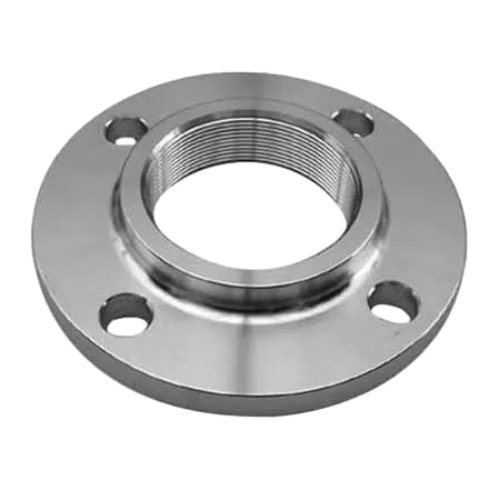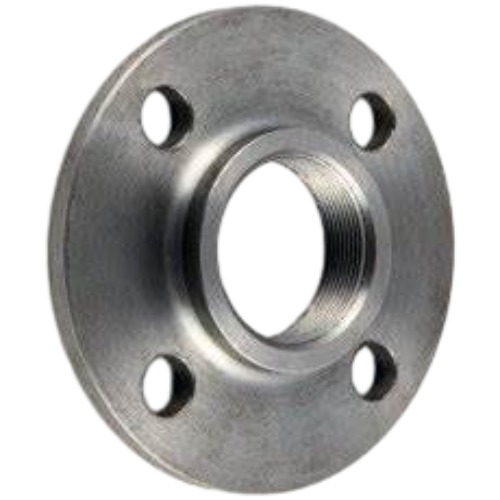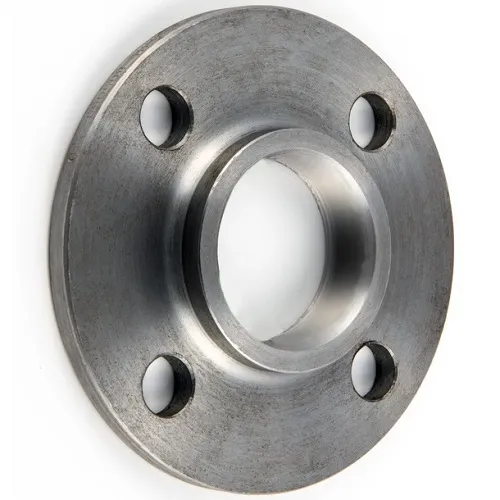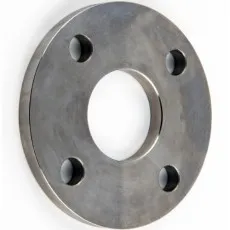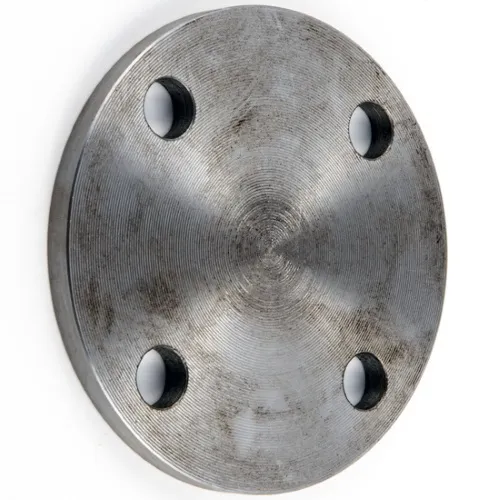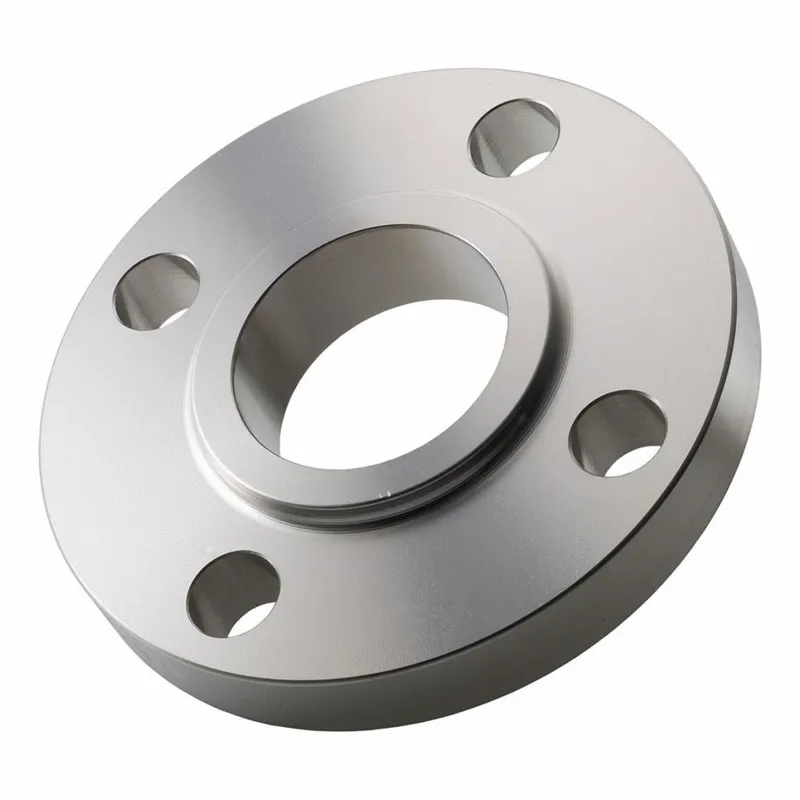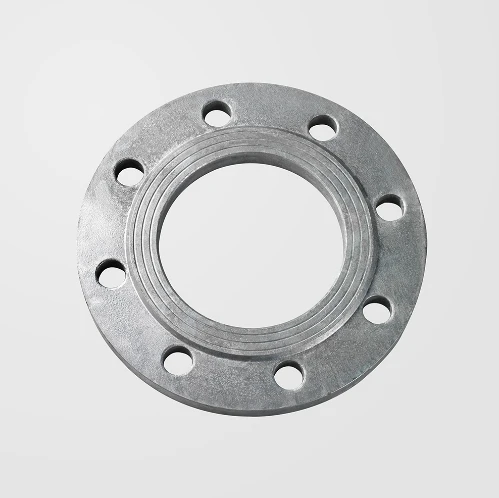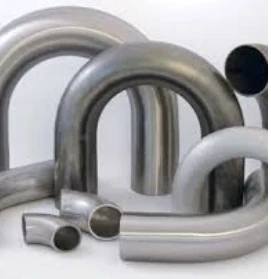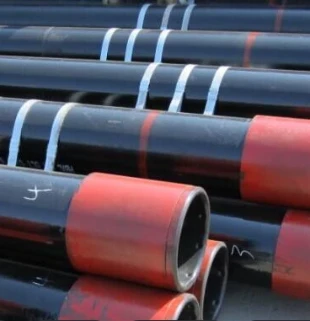BS FLANGE
BS flanges, manufactured according to British Standard specifications, are essential components in many international piping systems, especially within the United Kingdom and regions that follow British Standards. Designed for durability, reliability, and compatibility with BS pipe standards, these flanges are used to securely connect pipes, valves, pumps, and other equipment in various industrial applications, including water, oil, and gas systems.BS flanges are commonly used in water supply systems, petrochemical plants, and general-purpose piping. They enable efficient connections between different sections of piping or to essential components like pumps and valves. Blind BS flanges are often applied at the end of a pipeline for easy maintenance access, while weld neck and slip-on types are used in systems requiring strong, durable connections.With their robust design and adherence to British Standards, BS flanges offer a dependable solution for diverse piping needs, ensuring safe and efficient fluid transport across various applications. Whether for water, gas, or industrial fluids, BS flanges are trusted for their compatibility, reliability, and performance in international settings.
What is a BS Flange?
A BS flange, or British Standard flange, refers to a type of flange manufactured according to the specifications set by the British Standards Institution (BSI). BS flanges are widely used in piping systems across Europe, the Middle East, and other regions that follow British engineering standards. They are designed to connect pipes, valves, pumps, and other equipment to create secure, leak-free connections in various applications, including water treatment, petrochemical, and industrial systems.
Key Features and Standards of BS Flange
British Standard Specifications
BS flanges are made according to specific British Standard codes, primarily BS 4504 and BS 10, which outline the flange dimensions, pressure ratings, and material requirements. BS 4504 is commonly used for standard applications, covering a wide range of pressure classes and flange types, while BS 10 is often applied to low-pressure applications, particularly in waterworks. Each BS code includes specifications for the bolt pattern, flange thickness, and material grades to ensure that flanges fit precisely and maintain consistent pressure handling across systems.
2. Pressure Ratings and Types
BS flanges come in various pressure ratings, usually designated in bar, which is the metric unit of pressure. Typical ratings include PN6, PN10, PN16, and PN25, with the number indicating the pressure each flange can handle (in bar). BS flanges are available in multiple types, including weld neck, slip-on, blind, and threaded flanges, each suited to specific applications and pressure requirements.
3. Material Selection
Common materials for BS flanges include carbon steel, stainless steel, and ductile iron, providing durability and resistance to corrosion. The material choice depends on the system requirements, with stainless steel often used for corrosive environments and carbon steel for general industrial use.
Applications of BS Flange
BS flanges are commonly used in industries that require robust and reliable piping systems, including oil and gas, water treatment, and power generation. They are known for their compatibility with metric piping systems and are widely used in countries and regions where British Standards are followed.
The Role of BS Flanges in Corrosion Resistance and Leak Prevention
BS flanges, designed according to British Standards, are essential components in piping systems across various industries, including water treatment, oil and gas, and chemical processing. One of their primary functions is to ensure secure connections between pipes, valves, and other equipment, and they play a crucial role in preventing corrosion and leaks.
Corrosion Resistance About BS Flanges
Corrosion is a significant concern in any piping system, as it can lead to structural failures and costly repairs. BS flanges are typically made from materials like carbon steel, stainless steel, and alloyed metals, which are chosen for their ability to resist corrosion in specific environments. For instance, stainless steel flanges offer excellent resistance to oxidation and rust, making them ideal for water and chemical applications. Additionally, the proper selection of flange materials in conjunction with suitable coatings or finishes can further enhance their corrosion resistance, prolonging the lifespan of the entire piping system.
Leak Prevention of BS Flanges
A secure and leak-free connection is vital for maintaining system integrity and safety. BS flanges are engineered with precision to ensure a tight seal when used with compatible gaskets. This tight fit helps prevent leaks that can occur due to pressure changes or thermal expansion. Regular maintenance, such as tightening bolts and inspecting gaskets, is essential for sustaining the effectiveness of these seals over time.
Moreover, the use of blind flanges allows for the easy closure of pipe ends, preventing leaks during maintenance activities. These flanges provide a secure barrier, ensuring that any residual fluids do not escape, thus enhancing safety in operations.







